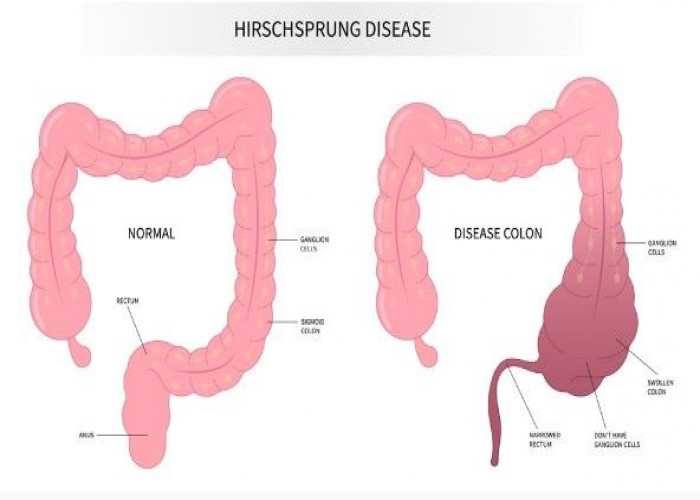 Welcome
Welcome
“May all be happy, may all be healed, may all be at peace and may no one ever suffer."
Hirschsprung's disease
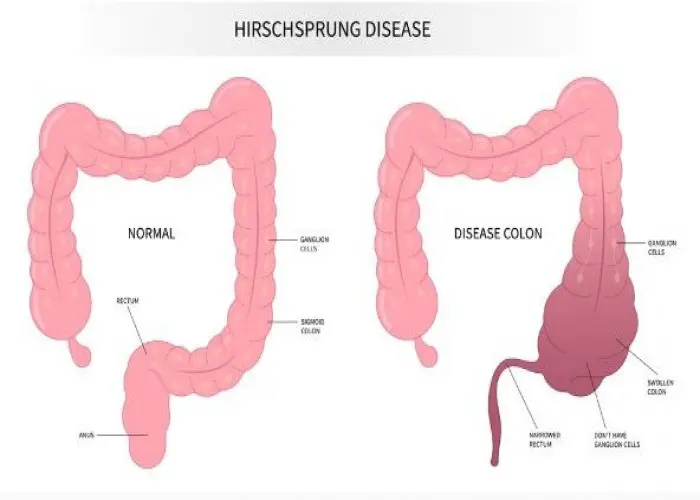
Hirschsprung's disease, also known as congenital aganglionic megacolon, is a rare condition that affects the large intestine (colon) and is present at birth. In this condition, the nerve cells that control the muscles of the colon are missing in a portion of the colon, causing a blockage and difficulty passing stool.
Symptoms of Hirschsprung's disease in infants can include failure to pass meconium (the first stool) within the first 48 hours after birth, constipation, vomiting, abdominal distension, and poor feeding. In older children and adults, symptoms can include chronic constipation, abdominal pain, and bloating.
The diagnosis of Hirschsprung's disease may involve a physical exam, imaging studies, and a biopsy of the colon to confirm the absence of nerve cells in the affected portion of the colon.
Treatment for Hirschsprung's disease usually involves surgery to remove the affected portion of the colon and reattach the remaining healthy colon to the rectum. In some cases, a temporary colostomy (an opening in the abdomen through which stool can pass) may be necessary before the second surgery to restore normal bowel function.
With appropriate treatment, most individuals with Hirschsprung's disease are able to achieve normal bowel function and lead healthy lives. However, long-term complications such as chronic constipation, fecal incontinence, and enterocolitis (inflammation of the intestine) may occur in some individuals. It is important for individuals with Hirschsprung's disease to receive ongoing medical care and follow-up to monitor for these and other potential complications.
Research Papers
Disease Signs and Symptoms
- Swollen abdomen (Ascites)
- Nausea or vomiting
- Constipation
- Gas
- Diarrhea
- Frequent bowel movements
- Fatigue (Tiredness)
Disease Causes
Hirschsprung's disease
It's not clear what causes Hirschsprung's disease. It sometimes occurs in families and might, in some cases, be associated with a genetic mutation.
Hirschsprung's disease occurs when nerve cells in the colon don't form completely. Nerves in the colon control the muscle contractions that move food through the bowels. Without the contractions, stool stays in the large intestine.
Disease Prevents
Disease Treatments
For most people, Hirschsprung's disease is treated with surgery to bypass or remove the part of the colon that's lacking nerve cells. There are two ways this can be done: a pull-through surgery or an ostomy surgery.
Pull-through surgery
In this procedure, the lining of the diseased part of the colon is stripped away. Then, the normal section is pulled through the colon from the inside and attached to the anus. This is usually done using minimally invasive (laparoscopic) methods, operating through the anus.
Ostomy surgery
In children who are very ill, surgery might be done in two steps.
First, the abnormal portion of the colon is removed and the top, healthy portion of the colon is connected to an opening the surgeon creates in the child's abdomen. Stool then leaves the body through the opening into a bag that attaches to the end of the intestine that protrudes through the hole in the abdomen (stoma). This allows time for the lower part of the colon to heal.
Once the colon has had time to heal, a second procedure is done to close the stoma and connect the healthy portion of the intestine to the rectum or anus.
Results of surgery
After surgery, most children are able to pass stool through the anus.
Possible complications that may improve with time include:
- Diarrhea
- Constipation
- Leaking stool (fecal incontinence)
- Delays in toilet training
Children also continue to be at risk of developing a bowel infection (enterocolitis) after surgery, especially in the first year. Call the doctor immediately if any of the signs and symptoms of enterocolitis occur, such as:
- Bleeding from the rectum
- Diarrhea
- Fever
- Swollen abdomen
- Vomiting
Disease Diagnoses
Disease Allopathic Generics
Disease Ayurvedic Generics
Disease Homeopathic Generics
Disease yoga
Hirschsprung's disease and Learn More about Diseases
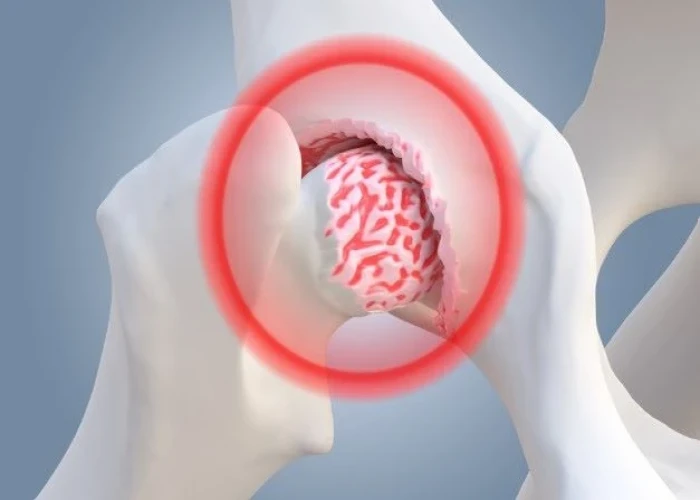
Osteoarthritis
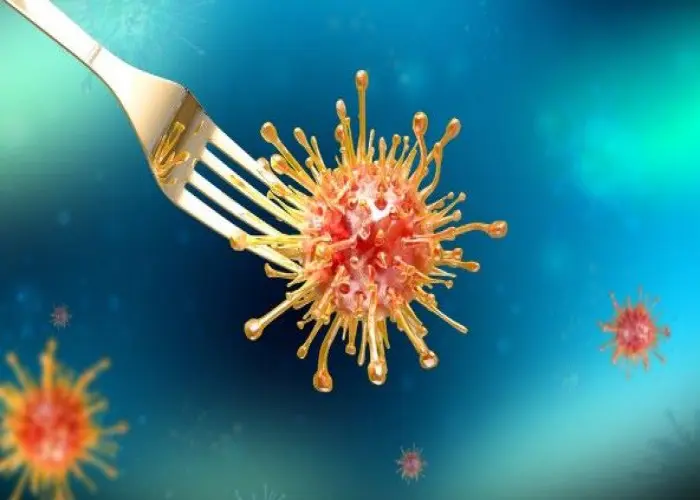
Food poisoning

Mononucleosis

Chondrosarcoma
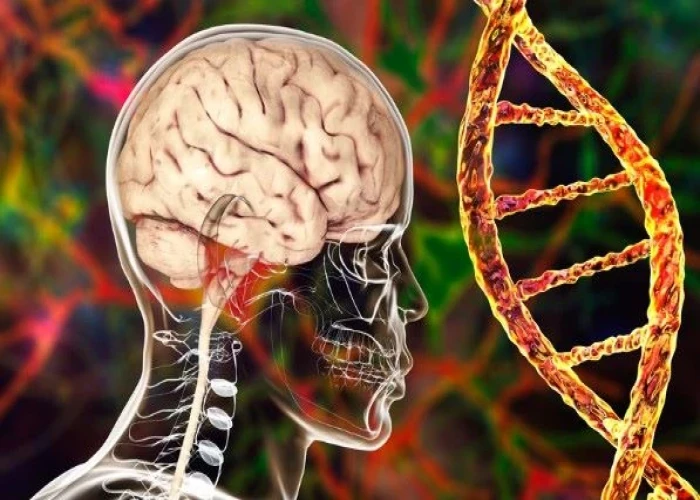
Metachromatic leukodystrophy
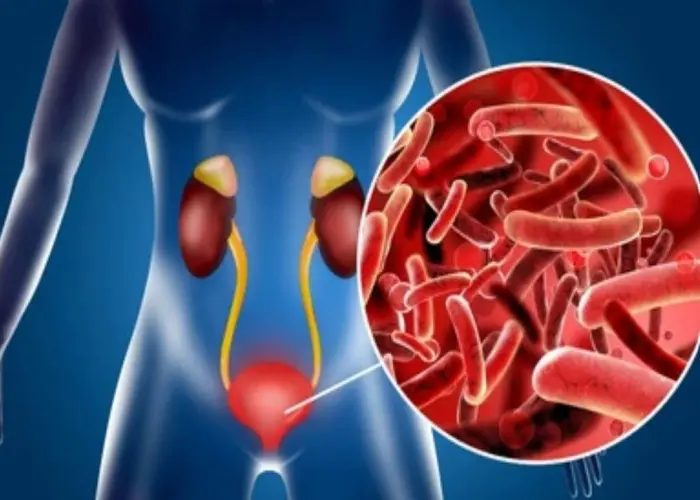
Cystitis
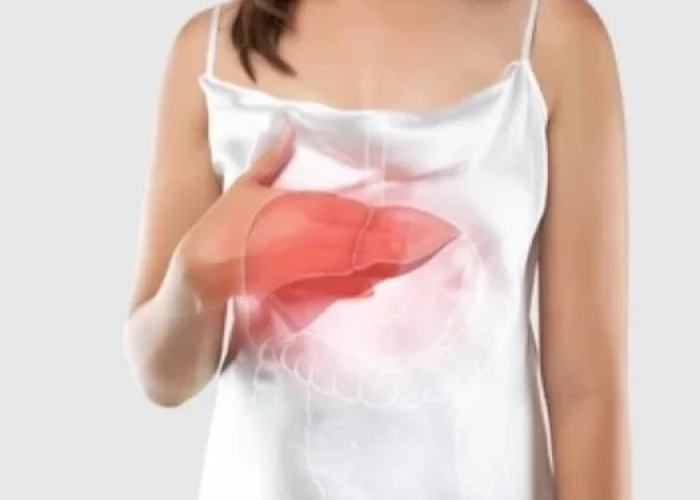
Nonalcoholic fatty liver disease

Hangovers
hirschsprung's disease, হিরসস্পারং রোগ
To be happy, beautiful, healthy, wealthy, hale and long-lived stay with DM3S.
